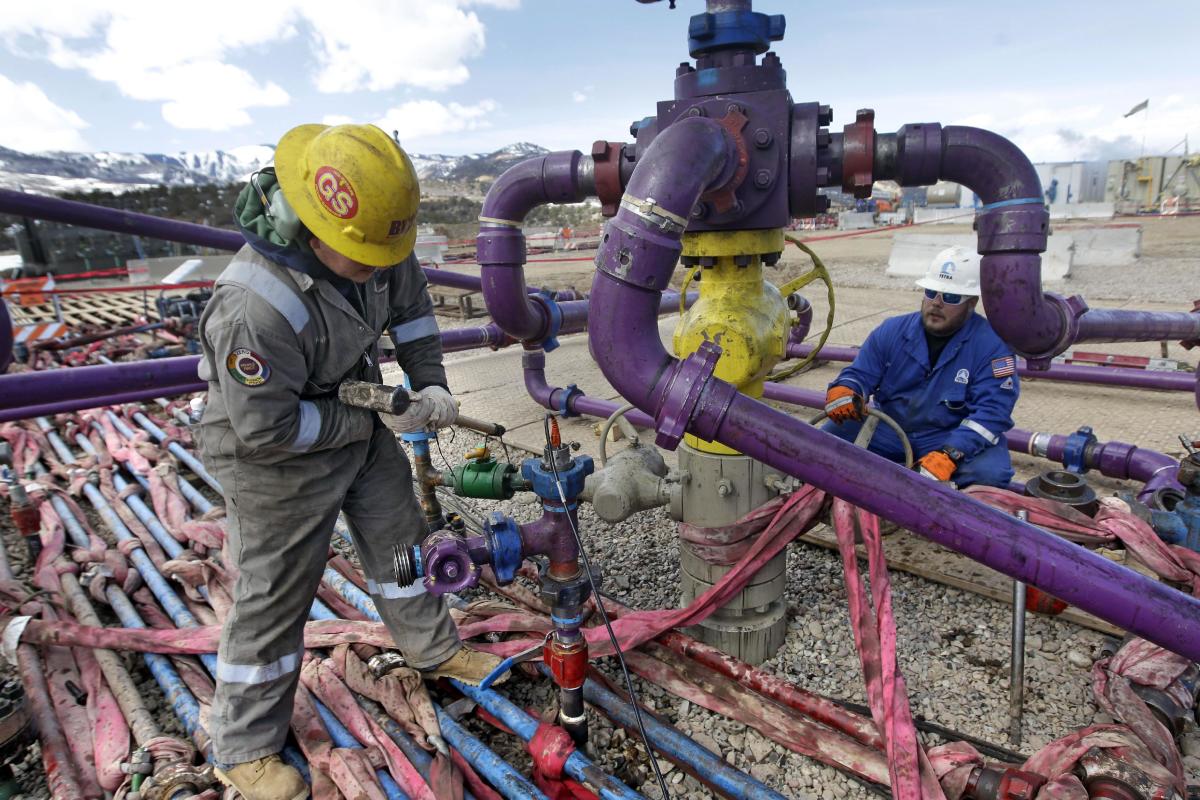
DENVER (Reuters) - The deep injection of wastewater underground by energy companies during methane gas extraction has caused a dramatic rise in the number of earthquakes in Colorado and New Mexico since 2001, U.S. government scientists said in a study released on Monday.
The study by U.S. Geological Survey researchers is the latest to link energy production methods to an increase in quakes in regions where those techniques are used.
Energy companies began producing coal-bed methane in Colorado in 1994, then in New Mexico five years later. The process creates large amounts of wastewater, which is pumped into sub-surface disposal wells.
Scientists have long linked some small earthquakes to work carried out below ground for oil and gas extraction, which they say can alter pressure points and cause shifts in the earth.
The new study, published in the Bulletin of the Seismological Society of America (BSSA), focused on the Raton Basin, which stretches from southern Colorado into northern New Mexico.
The report said the area had been "seismically quiet" until shortly after major fluid injection began in 1999. But since 2001, the scientists said, the area experienced 16 earthquakes of greater than 3.8 magnitude, compared with only one of that strength recorded during the previous three decades.
"The increase in earthquakes is limited to the area of industrial activity and within 5 kilometers (3.1 miles) of wastewater injection wells," the study said.
The researchers said "several lines of evidence" suggest the earthquakes are directly related to wastewater disposal as a by-product of extracting methane, and not to the separate practice of hydraulic fracturing occurring in the area.
Hydraulic fracturing, or fracking, is a controversial technique that involves pumping water and chemicals into rock formations underground to push out gas and other hydrocarbons.
The USGS scientists said there are now 21 high-volume wastewater disposal wells in Colorado and seven in New Mexico, and that since mid-2000 the total injection rate across the basin has ranged from 1.5 to 3.6 million barrels per month.
They said the timing and location of seismic events correspond to the documented pattern of injected wastewater, and that their findings suggest seismic events are initiated shortly after an increase in injection rates.
Experts say fracking and wastewater disposal may also be linked to the soaring number of earthquakes rocking Oklahoma, which has already surpassed last year's record-breaking 222 "felt" earthquakes, defined as those strong enough to rattle items on a shelf. LINK


